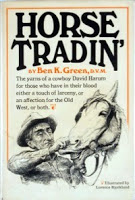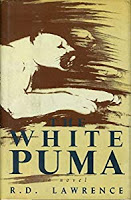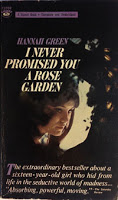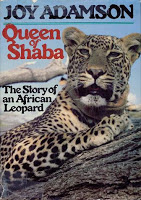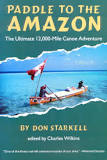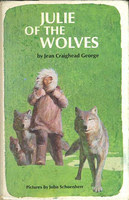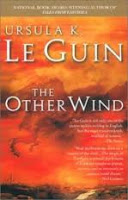by William Maxwell
I finished this book a few days ago, but hadn\’t had time to write yet. It\’s a very slow, quiet novel with lots of subtle undercurrents. The Folded Leaf is a story of friendship, two high school boys who have nothing in common- Spud is athletic, outgoing and quick of temper; Lymie is an introvert- lacking physical strength but keeps to intellectual pursuits. They meet when Spud saves Lymie from drowning in a pool. The two unlikely boys strike up a friendship, Lymie often spending time in Spud\’s home, enjoying the comforts his own seems to lack (it\’s just him and his father after his mother died). Then the boys go off to college, and their friendship gradually starts to fray. Spud gets involved in all the normal things college kids do- parties, fraternities, sports (boxing). Lymie tags along, kind of idolizing his friend. They room together. They befriend a few girls. Spud mistakes Lymie\’s casual affection for Sally as something more- and in jealous suspicion starts to distance himself from Lymie, without of course explaining anything. It seems that the only person Lymie really loves is Spud- although he could never say so- so this breaks his heart. Desperately he starts questioning all the assurances he had built up in his mind before, leading to an unhappy crisis.
This book is really good at depicting the inner mind- how Lymie daydreams and invents reasons for people\’s reactions in his head, how he frightens himself with speculation and turning small insignificant things into giant obstacles sometimes. But all the background material- closely described places, family members, interactions between the adults- parents and professors around them- felt rather dull to me. Sometimes it added to the feel of place- this is all set in the 20\’s or 30\’s I gather- but other times it didn\’t really seem to add anything. It\’s got a lot of similarities to A Separate Peace, which I find I like better, and for a book with university atmosphere I also prefer Tam Lin (although that one has a realm of fantasy so I can\’t really compare them). I guess you could say this is very much a book about ordinary people, the closeness these kids had growing up, and what happened when they got out on their own, how some misunderstandings made it unravel. And as a silly side note, they sure seem to eat a lot of malted milkshakes!
Rating: 3/5 274 pages, 1945
more opinions:
A Work in Progress
A Guy\’s Moleskine Notebook

